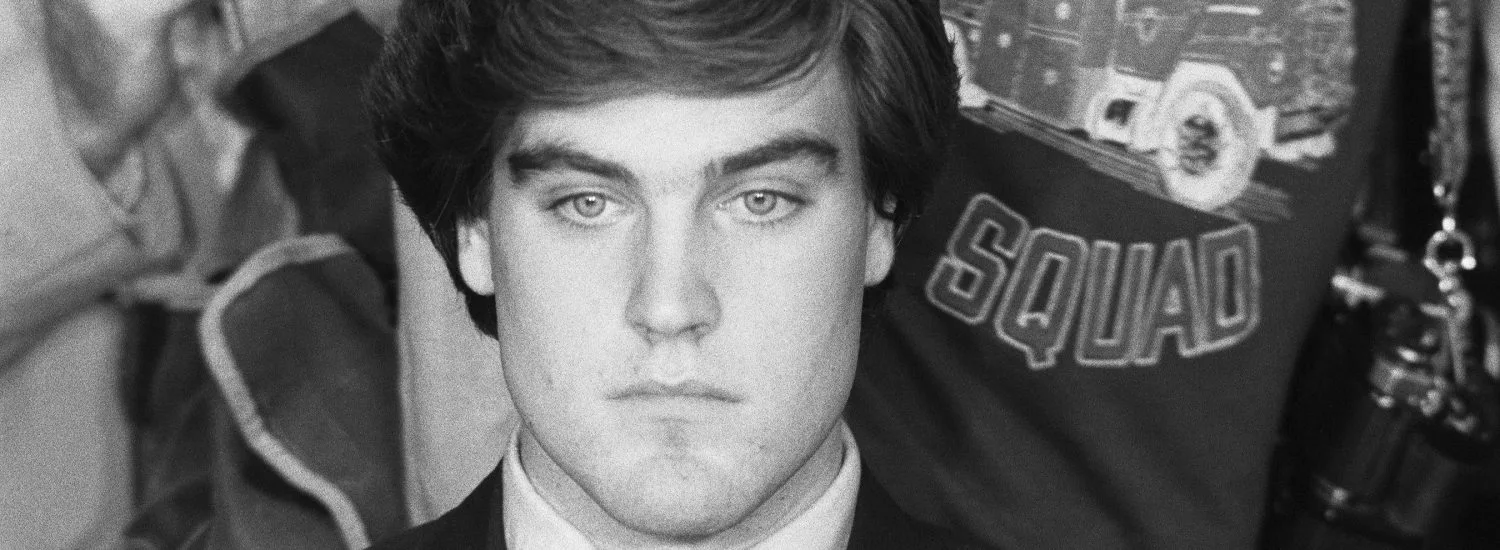Do human flaws make corrupt finance and its fallout inevitable?
This being the holy season of Lent, I’m doing some Catholic reading. But since I’m lazy, I’m avoiding heavy thinkers like Aquinas and Augustine, and focusing on Catholic novelists. (Maybe someday, I can claim to be one.) Of course, there are still some heavy thoughts to be found in fiction, especially in the case of A Canticle for Leibowitz, a post-apocalyptic science fiction novel that suggests mankind may be irredeemable, despite Christ’s best efforts at Calvary. Mankind’s redeemability is a question worth pondering, given the trajectory of society today. And as I watch my 401(k) dissolve by a few more percentage points each day, while reports of bank failures suggest worse times to come, I wonder if we couldn’t ask that question about the custodians of our financial system. Are our banks run by irredeemable scoundrels, so addicted to risk-taking and loose stewardship that neither regulations, nor market forces, nor memories of catastrophes past, nor simple human decency can persuade them to operate on a sound basis? First, the book.
A Canticle for Leibowitz is what’s known as a “fix-up” novel, meaning that portions had been published as short works of fiction and the author later fit them into a larger, cohesive story. Leibowitz was published in October 1959 by J. B. Lippincott & Co. and won author Walter M. Miller Jr. the Hugo Award for Best Science Fiction Novel in 1961. Though it got mixed reviews at the time of its release, Leibowitz has come to be regarded as one of the great science fiction novels of the 20th century.
Leibowitz tells the story of Earth, starting six hundred years after a devastating nuclear war reduced the landscape to radioactive rubble. Part One, entitled Fiat Homo, meaning “let there be man,” introduces us to this world through the eyes of a community of Catholic monks whose monastery survived the war. Suggesting a parallel to monastic life just after the Fall of Rome, the monks are trying to preserve scraps of writings, which they call Memorabilia, for posterity. Much of what they hold sacred, such as engineering schematics, they do not understand. But the monks hope that when mankind recovers its learning, scholars will be able to unlock the knowledge of the past. The world of Fiat Homo is primitive, savage and tribal.
Part two, Fiat Lux (meaning “let there be light”) jumps 500 years or so into the future to show us a world entering its renaissance, with rudimentary technology, such as electric arc lamps, being developed. Warlords have formed nation-states, and the church serves as a moral authority, though enlightened minds and ambitious monarchs are chomping at the bit, agitating to be free from the old superstitions.
Part three, Fiat Voluntas Tua (meaning “Thy will be done”) shows us the monastery 600 years hence, during the new nuclear age. In fact, the world is on the brink of nuclear war. “How can this be?” the sane mind demands. Didn’t mankind learn anything from bombing itself back to the Stone Age once already? Hasn’t the miserable 18-century climb out of the muck impressed upon world leaders the need to preserve peace? Must we repeat the cycle, dooming our posterity to needless centuries of misery, if some shred of humanity is even able to survive this time? Are pride, vanity, greed, cowardice, and ambition so ingrained in the human psyche that we are incapable of prudently managing the power of the atom so we don’t destroy ourselves? I won’t give the ending away, but…y’know.

Which brings me to the current state of our financial sector. Wasn’t the housing crisis enough? Wasn’t the needless destruction of trillions of dollars of accumulated wealth enough? Wasn’t giving Obama the excuse to raid the national treasury on the false promise of “shovel ready jobs” enough? Wasn’t the imposition of more onerous regulations enough? Wasn’t the needless suffering of hundreds of millions of Americans enough to convince these cretins to adopt prudent fiscal policies? I won’t give the ending away, but…y’know.
Disclaimer: The column may contain affiliate links, which help support the website. When you clink on an affiliate link and make a purchase, the website receives a small commission at no additional charge to you. Thank you for your support.

“The Wedding Routine is real, raw and heartwarmingly funny. In the “song and dance” of life, this lovely story teaches how to lead with your heart. It showcases how helping people not only benefits those receiving, but is therapeutic for those who give.”
— Laura Orrico, TV and Film Actress and President of Laura Orrico Public Relations, LLC





Recent Comments